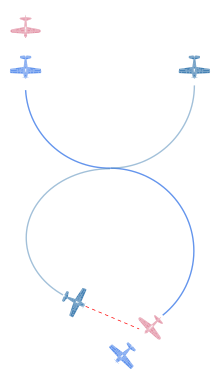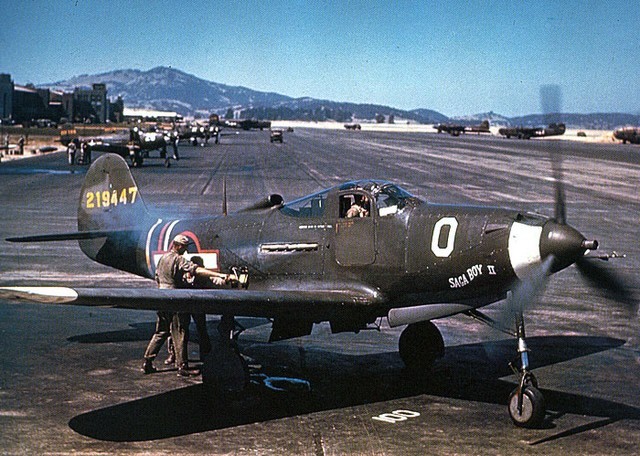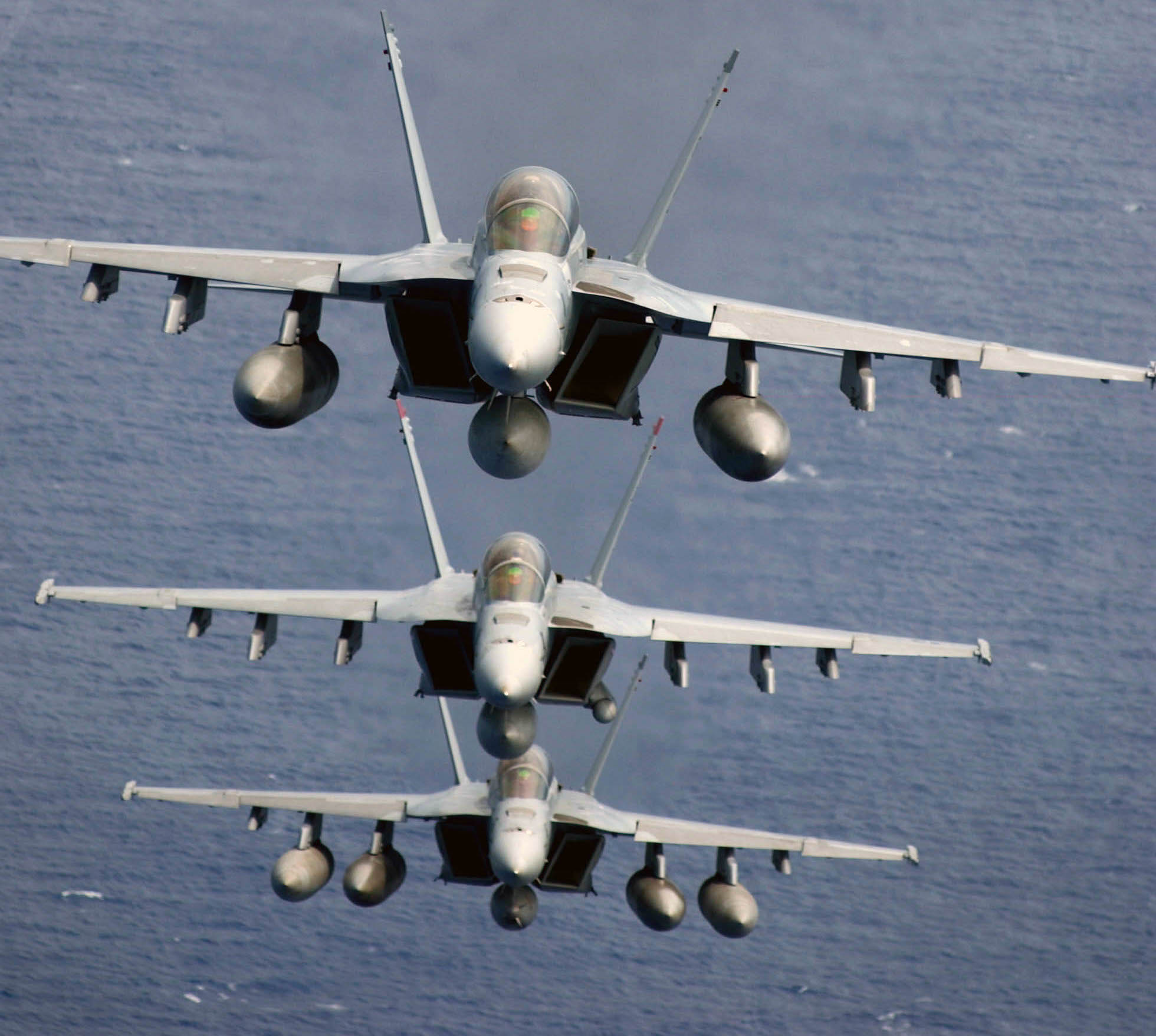- May 3, 2009
- 3,349
- 1,269
- 198
This is exactly what I mean.
You obviously just made that up or assumed it.
Without even bothering to spend all of 30 seconds to check first.
The Tomahawk can carry submunitions and attack numerous targets.
It can hit a target.
Then loiter around until guided to another target.
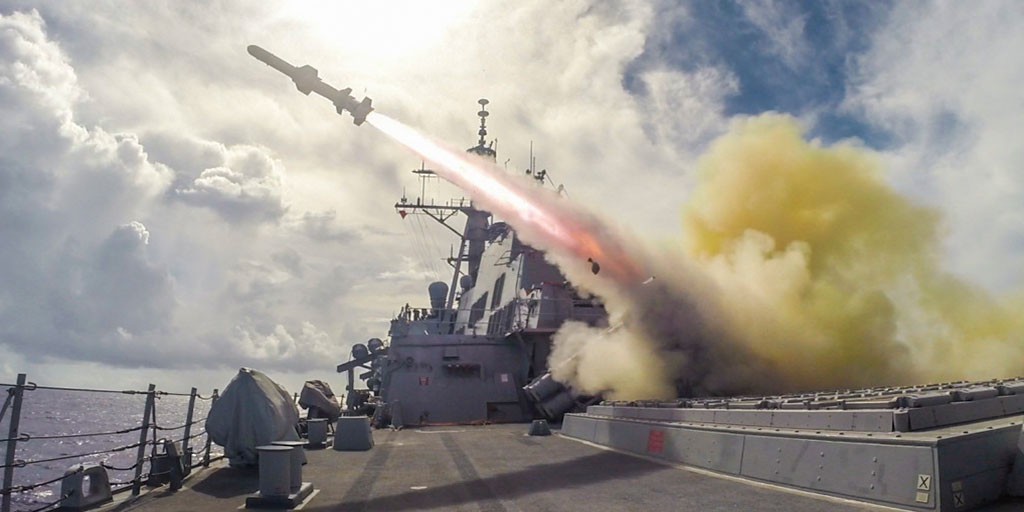
7 of the most lethal Navy weapons in history
The Navy has the mission of securing American interests on the ocean, and here are 7 of the most lethal Navy weapons in history.www.wearethemighty.com
And apparently 'only' costs about $1.5 million apiece (land attack variant).
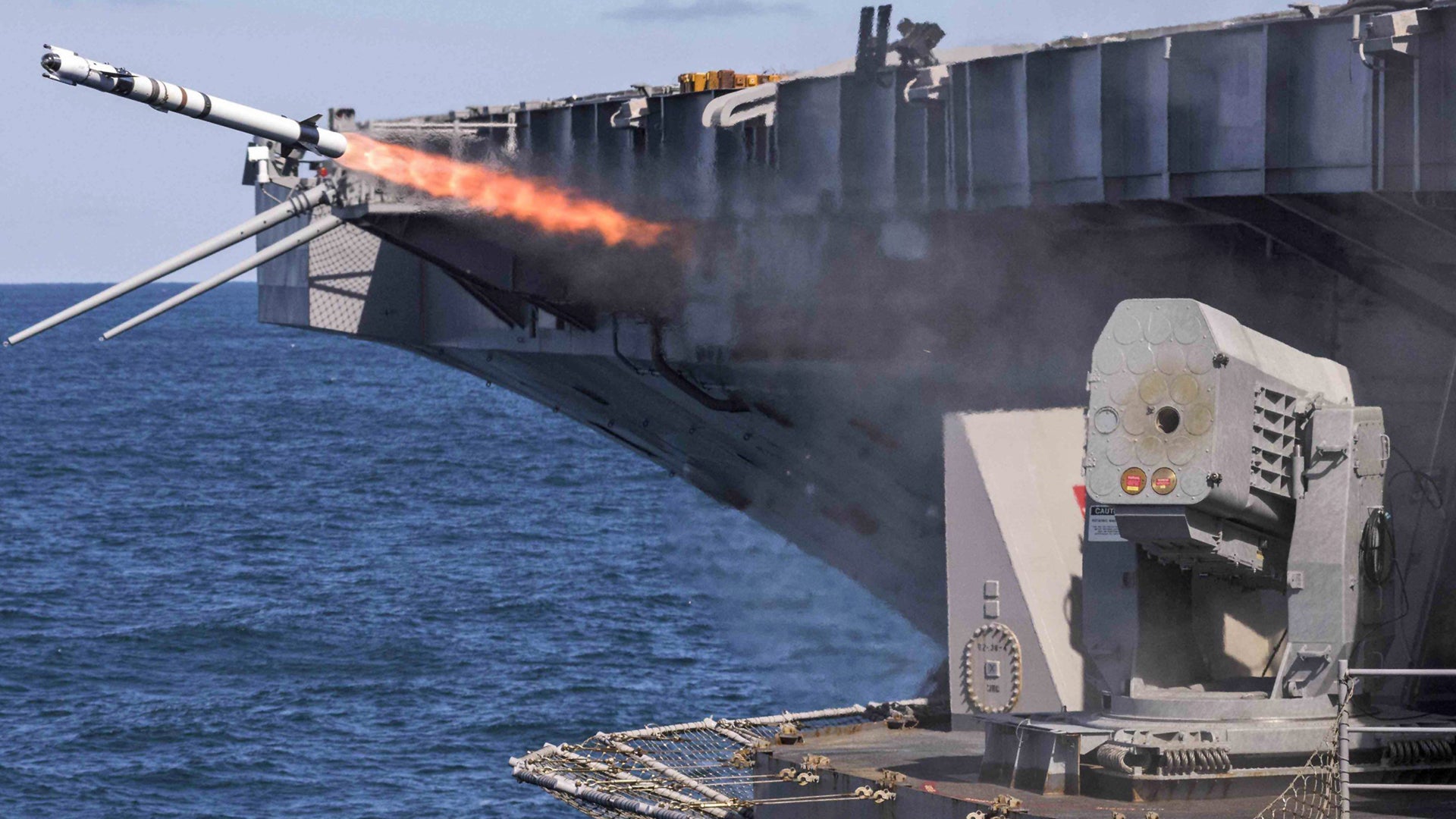
Here Is What Each Of The Navy's Ship-Launched Missiles Actually Costs
Arming America's fleet of fighting ships is an extremely expensive endeavor.www.thedrive.com
I am tired of having to correct your guesses.
I mean no offense (this time).
But we are done here.
you're right Sandisk from wikipedia
Munitions
The TLAM-D contains 166 sub-munitions in 24 canisters: 22 canisters of seven each, and two canisters of six each to conform to the dimensions of the airframe. The sub-munitions are the same type of Combined Effects Munition bomblet used in large quantities by the U.S. Air Force with the CBU-87 Combined Effects Munition. The sub-munitions canisters are dispensed two at a time, one per side. The missile can perform up to five separate target segments which enables it to attack multiple targets. However, in order to achieve a sufficient density of coverage typically all 24 canisters are dispensed sequentially from back to front.but you're also wrong.
Munitions[edit]
The TLAM-D contains 166 sub-munitions in 24 canisters: 22 canisters of seven each, and two canisters of six each to conform to the dimensions of the airframe. The sub-munitions are the same type of Combined Effects Munition bomblet used in large quantities by the U.S. Air Force with the CBU-87 Combined Effects Munition. The sub-munitions canisters are dispensed two at a time, one per side. The missile can perform up to five separate target segments which enables it to attack multiple targets. However, in order to achieve a sufficient density of coverage typically all 24 canisters are dispensed sequentially from back to front.The bottom line is that while it is theoretically possible, in practice no Tomahawk missile is going to attack five different targets.

